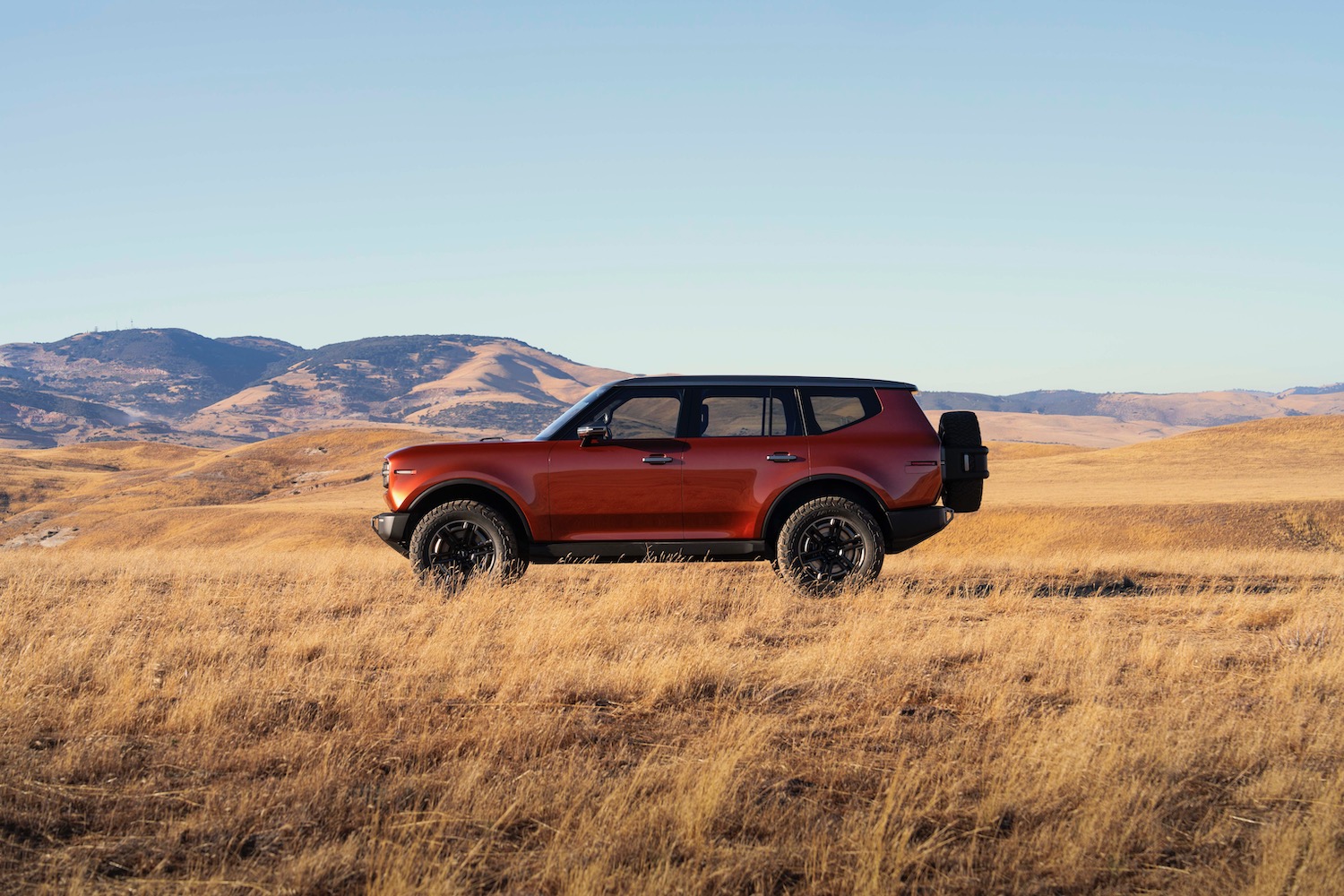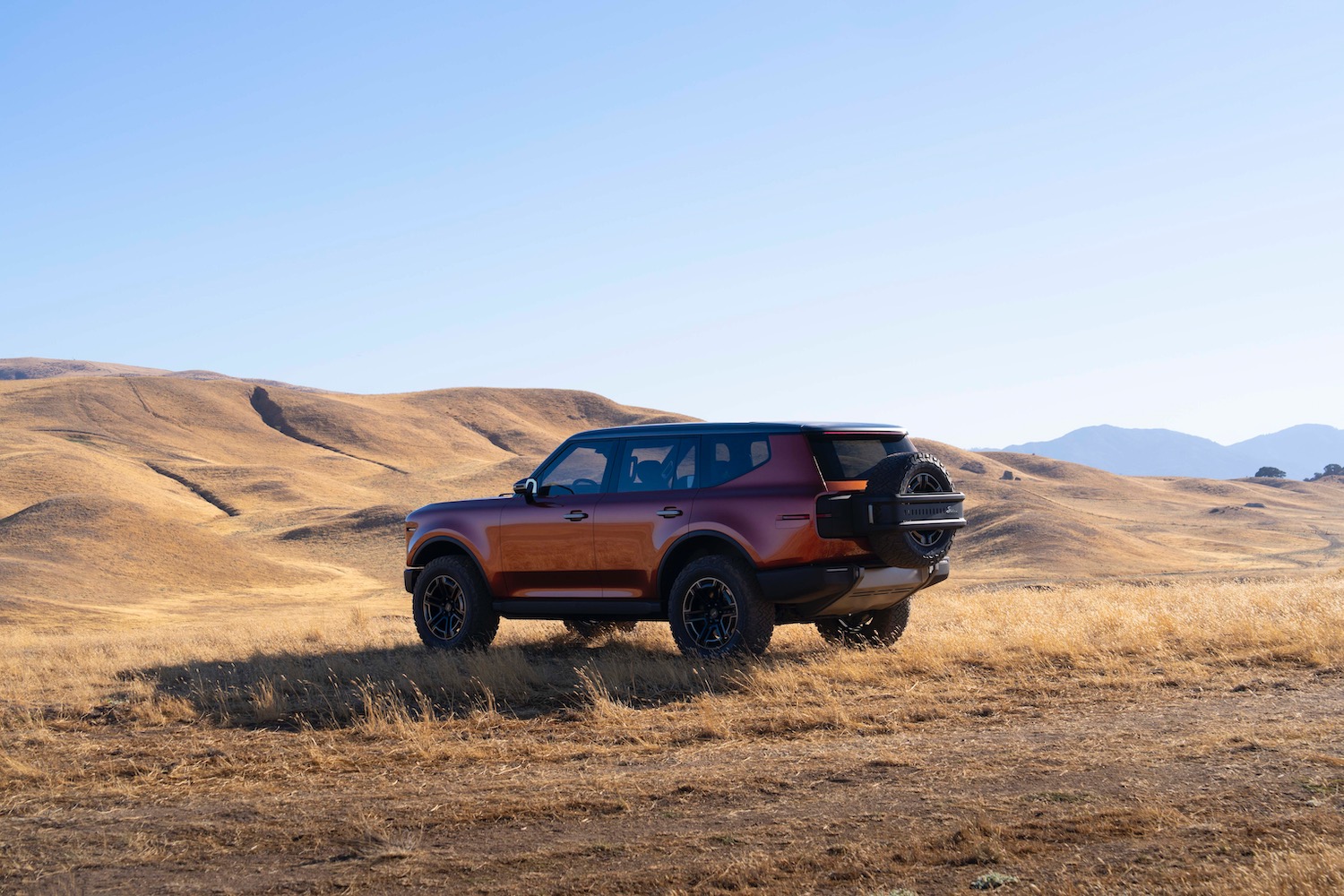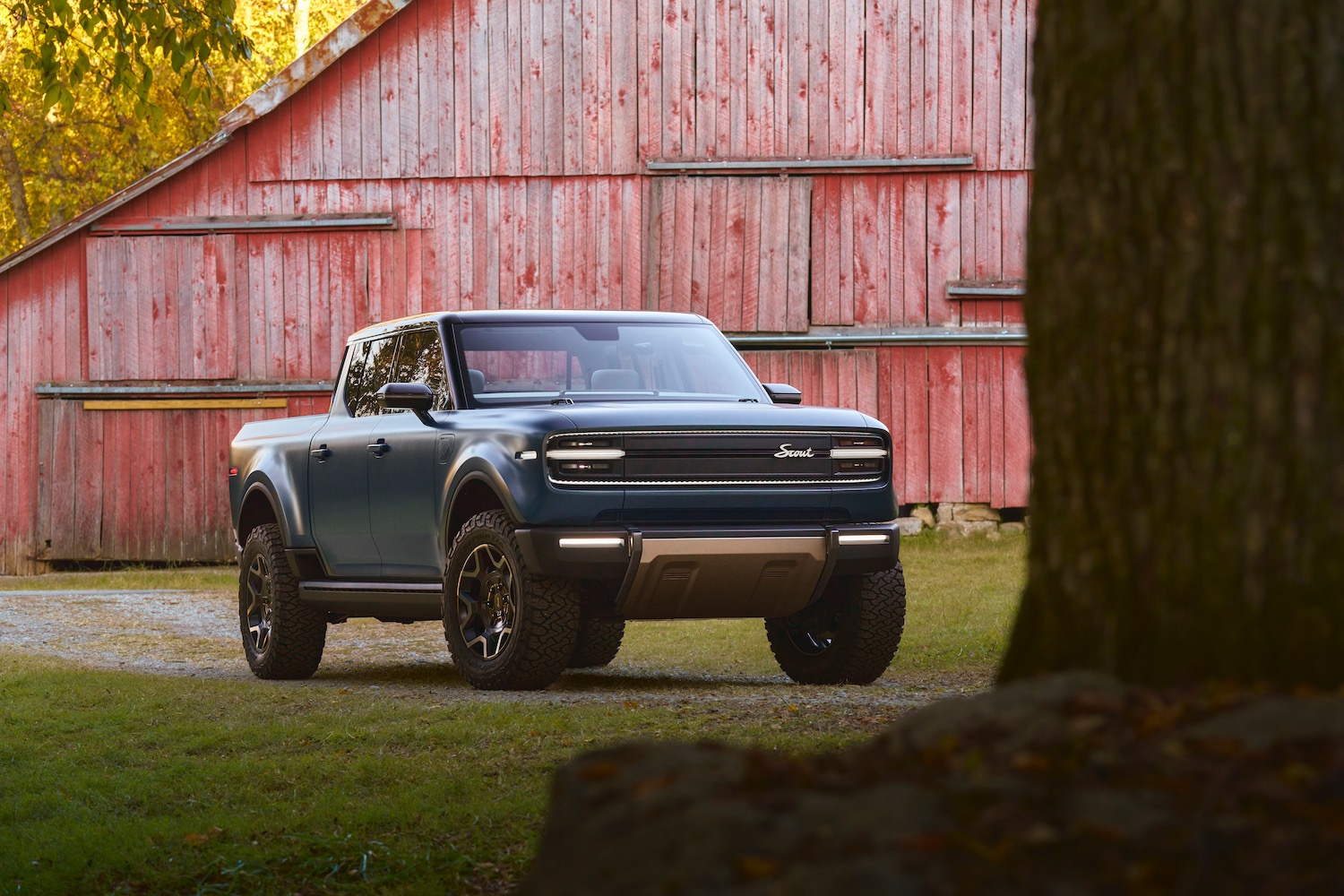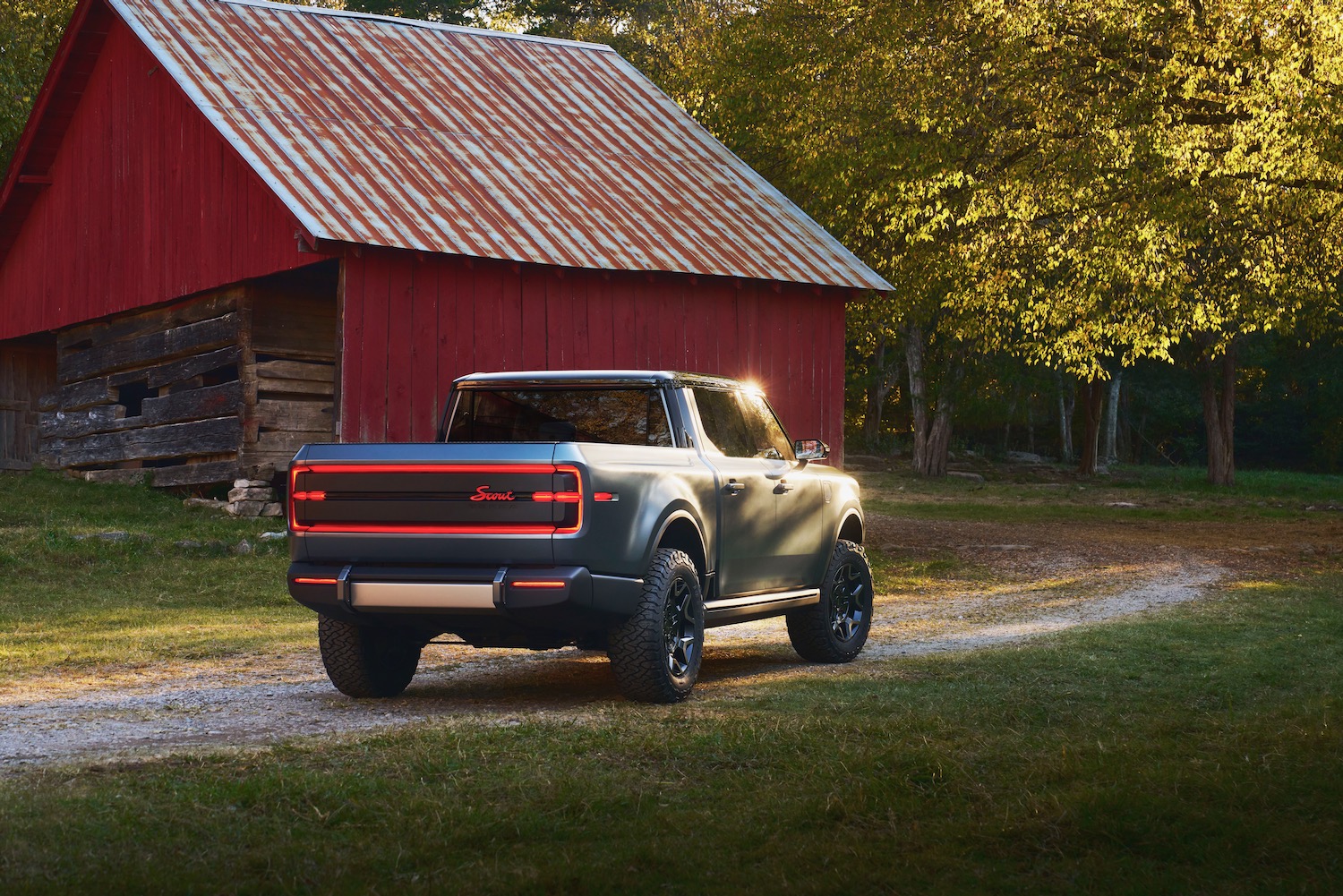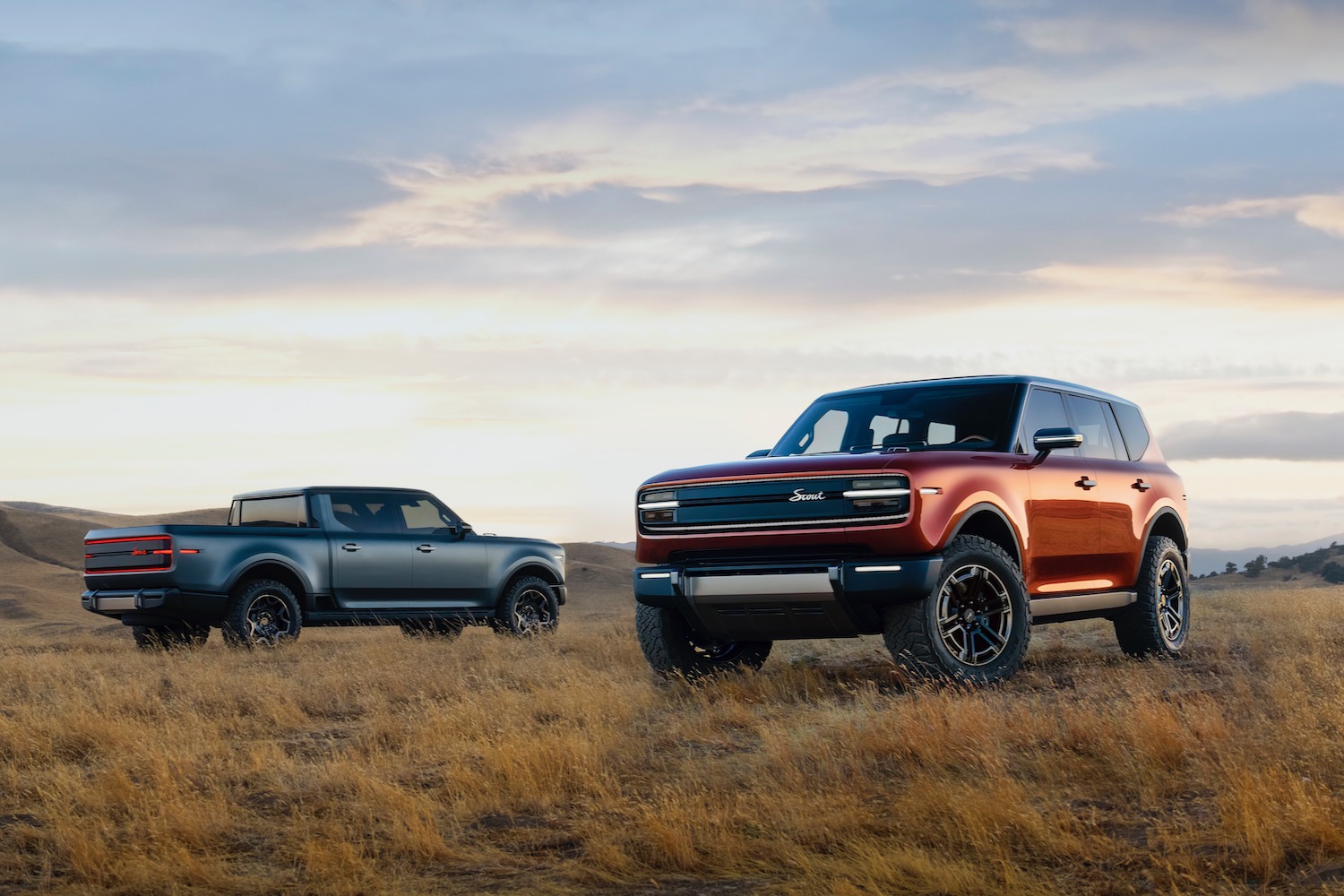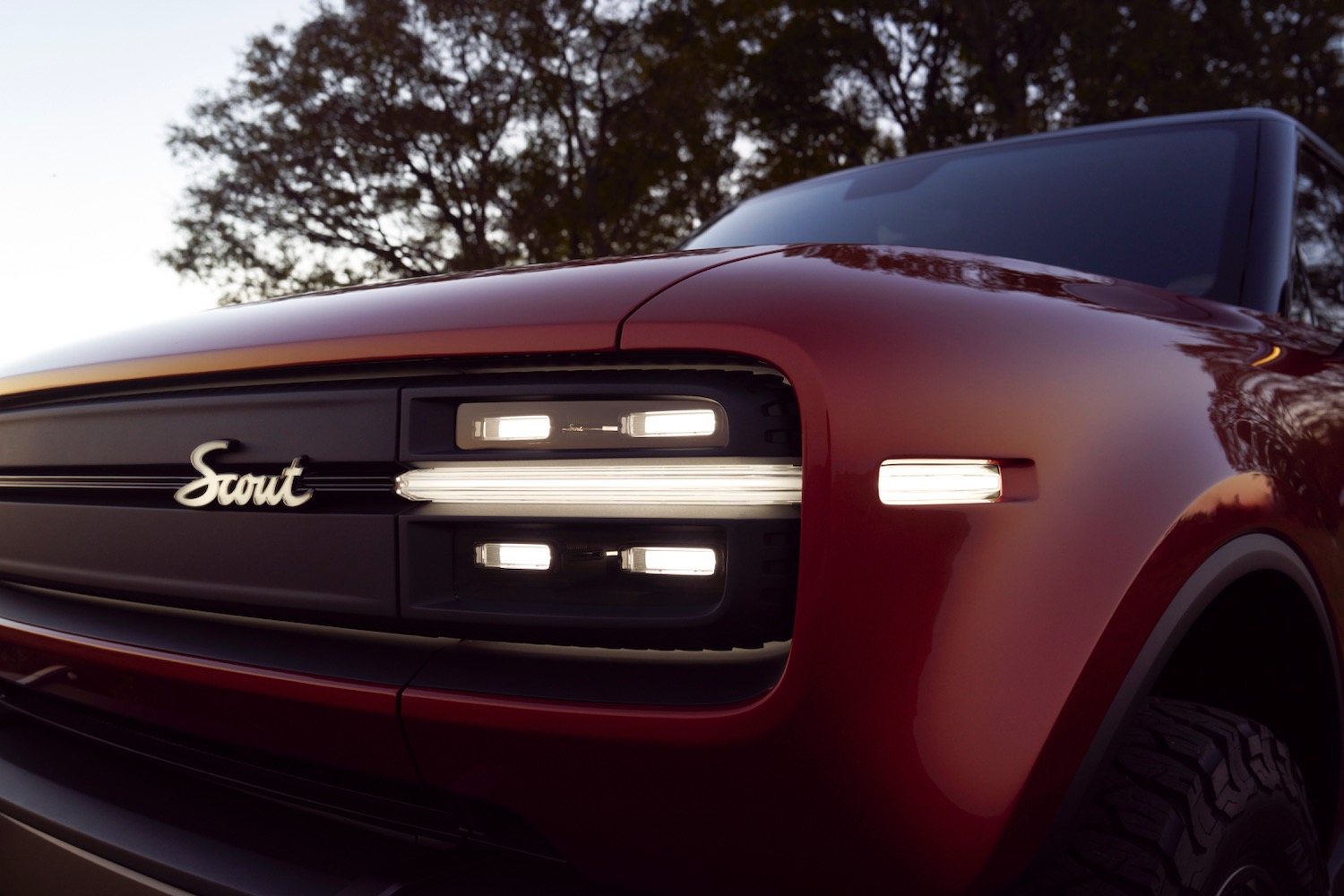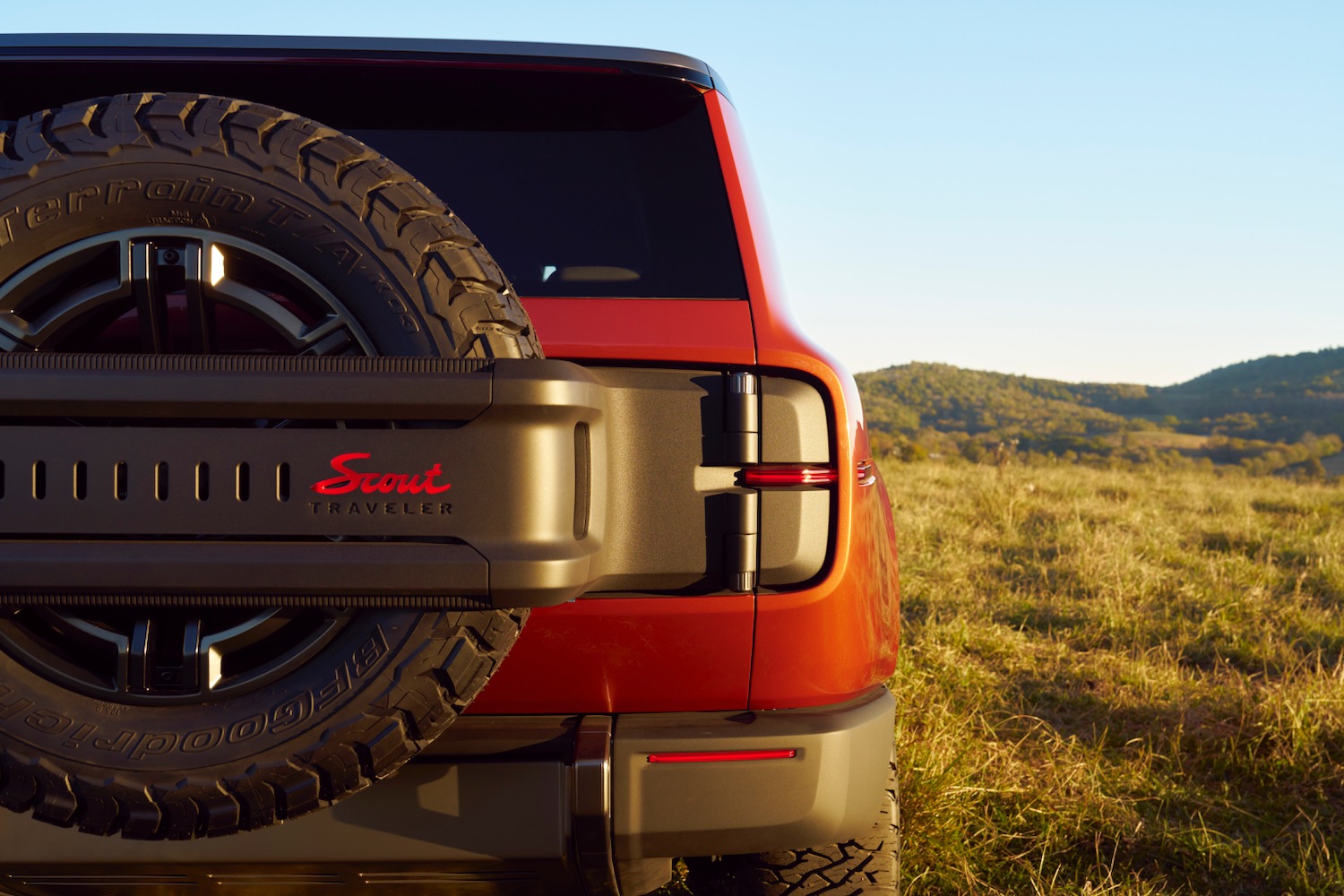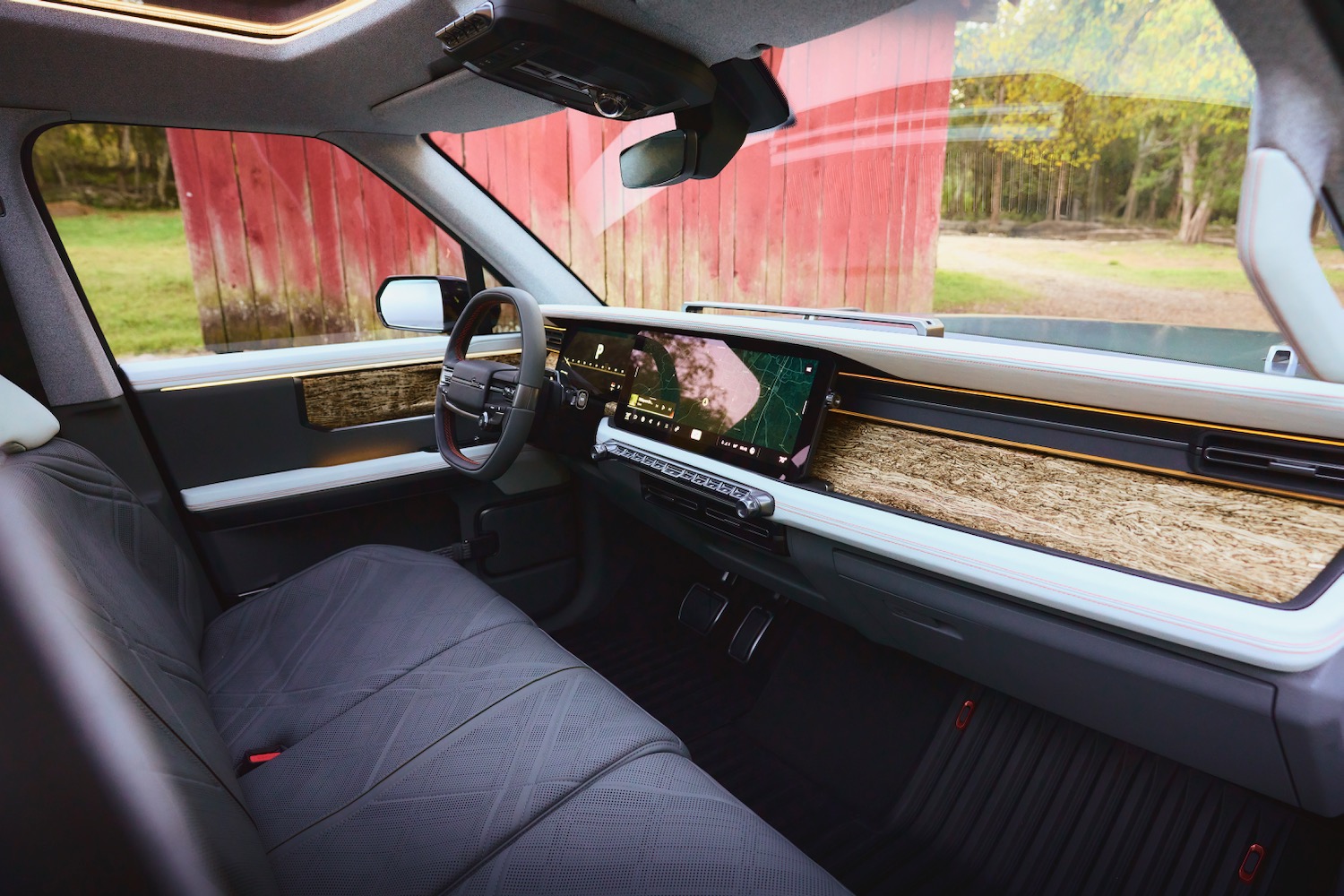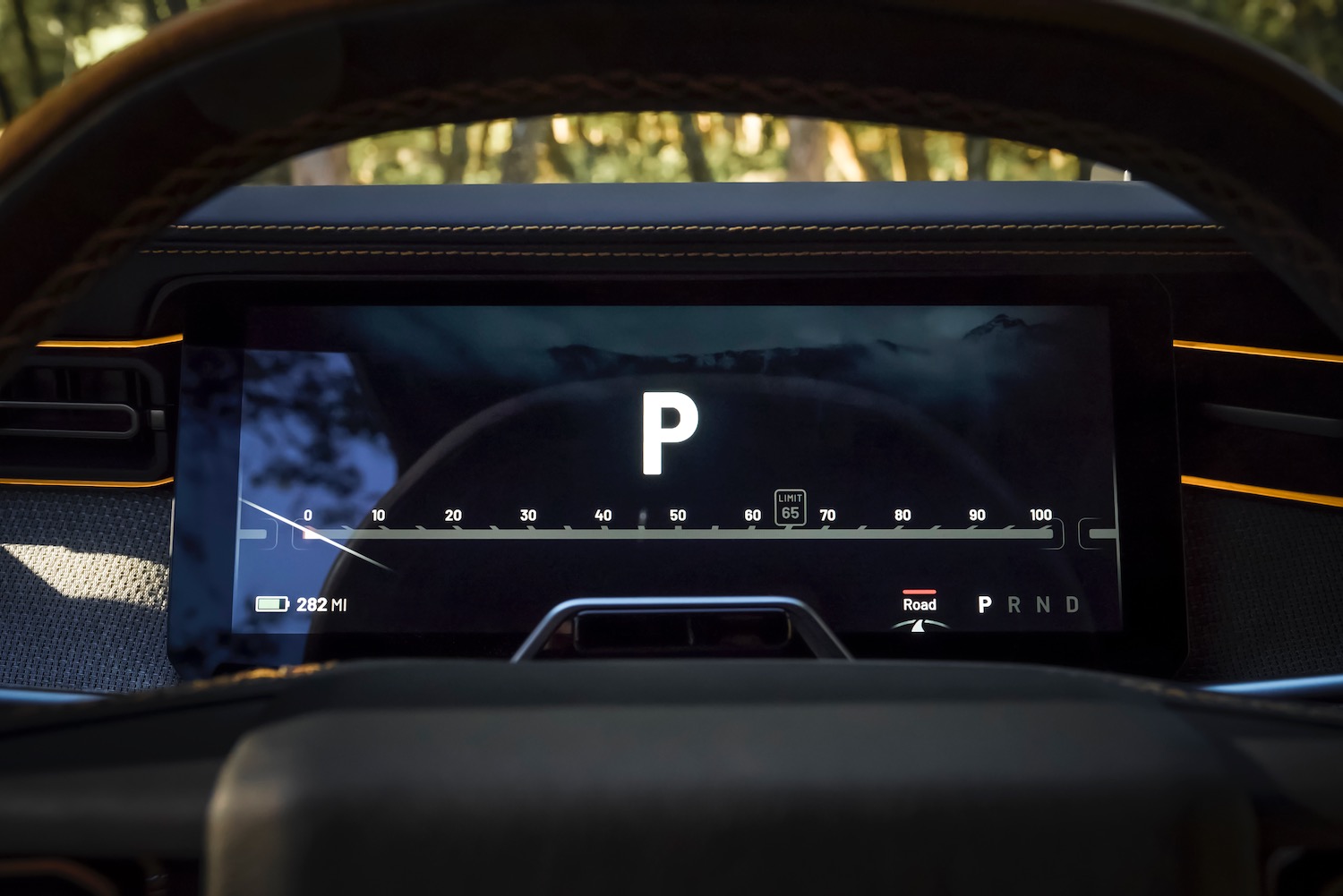Electric vehicles are inseparable from newness, whether it’s new tech, new designs, or new companies like Rivian, Lucid, and Tesla. But the Volkswagen Group’s new EV-only brand also relies heavily on the past.
Unveiled Thursday, the Scout Traveler electric SUV and Scout Terra electric pickup truck are modern interpretations of the classic International Harvester Scout. Manufactured from 1961 to 1980, the original Scout helped popularize the idea of the rugged, off-road-capable utility vehicle, setting the stage for modern SUVs.
VW cherry-picked the historic Scout name for what is otherwise a new enterprise, giving the automaker the off-road vehicles that were previously missing from its U.S. lineup and an excuse to silo development and sales from its other brands. Scout Motors will manufacture the Traveler and Terra at a new factory in South Carolina, with both models expected to arrive in 2027.
Old-school inside and out

With their relentlessly square exteriors, the Traveler and Terra certainly capture the look of the old International Scout. But the similarities are more than skin deep because, like the original Scout and other trucks of its era, the Scout EVs feature body-on-frame construction, mechanical four-wheel-drive systems, and solid rear axles.
With these old-school underpinnings, the Traveler and Terra have as much in common with gasoline off-roaders like the Ford Bronco, Jeep Wrangler, and Toyota Land Cruiser as they do with other EVs. The only company that’s come close to doing something like this with an EV is Bollinger Motors, and it’s long since pivoted to commercial vehicles.
In a similar vein, Scout interiors aren’t just about tech for tech’s sake. Buyers will still get a 16.2-inch touchscreen and 12.3-inch digital instrument cluster, but all switchgear is analog. You also won’t find any fancy (and fragile) electronic door handles like in many other EVs. Scout will even offer a front bench seat — something that went out of fashion with the last Buick Century — in addition to more conventional individual front seats with a center console.
Gas-truck capability

The Scout EVs are unlike anything else in the VW Group portfolio, and that’s because they offer capability unlike anything from the automaker’s existing brands. Scout promises a maximum towing capacity of 10,000 pounds for the Terra pickup — surpassing most gasoline midsize pickups — and 7,000 pounds for the Traveler SUV. Both models also boast a 2,000-pound payload capacity.
To maximize off-road capability, both trucks are designed to accommodate 35-inch tires, helping provide up to 12 inches of ground clearance and 36 inches of water-fording capability. They will also be available with disconnecting front sway bars and front and rear mechanical locking differentials, the latter handling up to 1,000 pound-feet of torque. That will help get both vehicles from zero to 60 mph in 3.5 seconds, Scout estimates.
The standard all-electric versions aim for 350 miles of range, but Scout will also offer a range-extended powertrain dubbed Harvester, with a gasoline engine acting as a generator to help recharge the battery pack. Conventional DC fast charging is via a Tesla-style North American Charging Standard (NACS) connector. The Scout vehicles feature an 800-volt electrical architecture that allows for fast charging at up 350 kilowatts, plus bidirectional charging that allows the trucks to act as mobile power sources. The Terra also has AC outlets built into its 5.5-foot bed.
Forging a new path
Pricing has crept up a bit since 2023, when Scout CEO Scott Keogh said the brand’s SUV would start at around $40,000. Scout now expects both the SUV and pickup to retail for around $60,000, although it expects pricing to be closer to $50,000 for the SUV and $51,500 for the pickup once incentives are factored in. Starting today, customers can put down a $100 refundable deposit to reserve one. Sales will be online, but Keogh promises Scout won’t sell customer data.
Even these prices undercut the Rivian R1T and R1S (not to mention the GMC Hummer EV and electric Mercedes-Benz G-Class) although Rivian plans to debut its $45,000 R2 SUV in 2026. The Wrangler-like Jeep Recon is also expected to beat the Scout EVs to market with a 2025 arrival.
If the driving experience is as authentically retro as the spec sheets suggest, though, Scout will stand out from the numerous other electric off-roaders crowding trailheads and charging stations. Electric power doesn’t require throwing out other familiar aspects of cars, but Scout may be the first brand to go all the way down that path.

